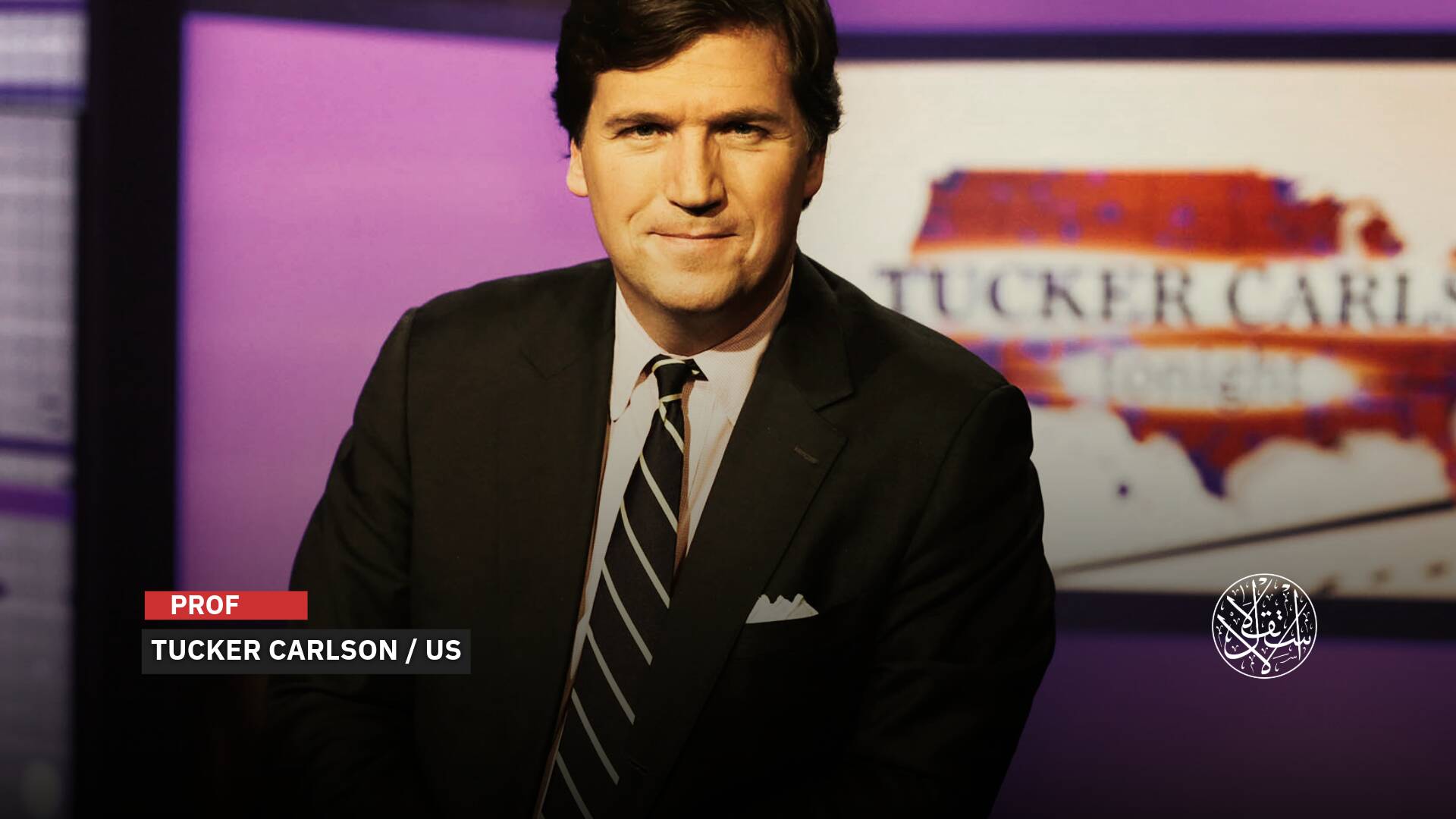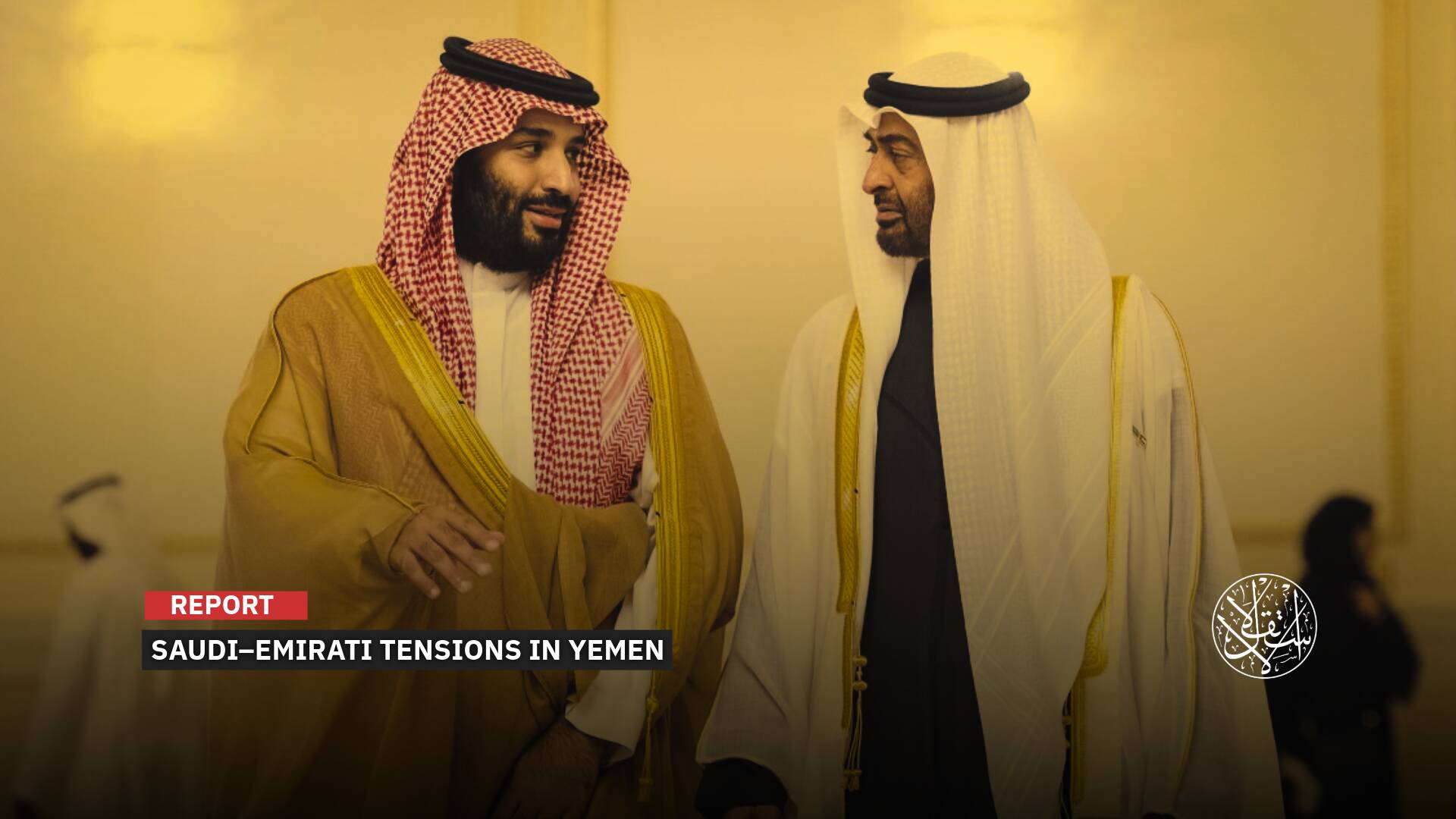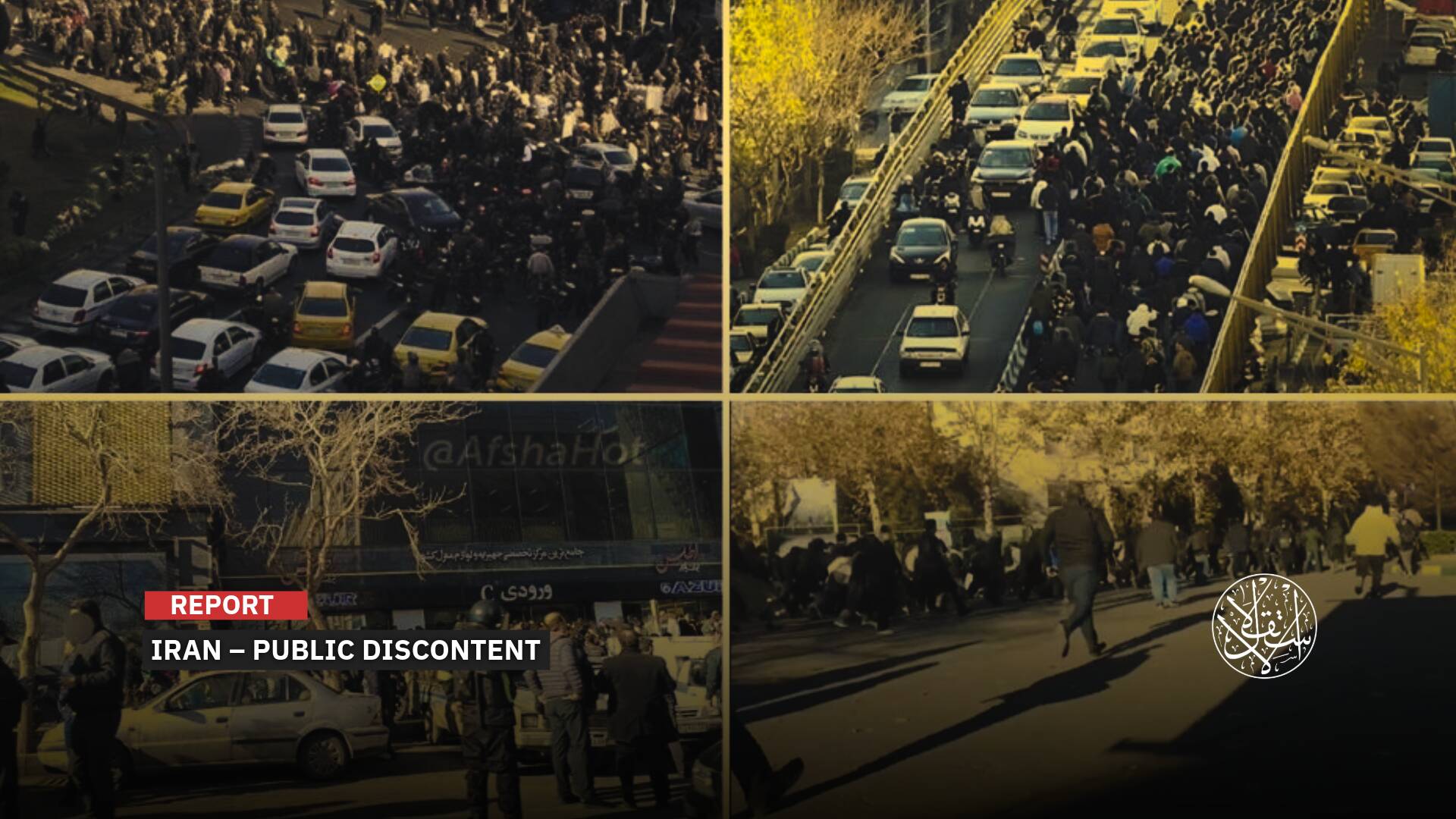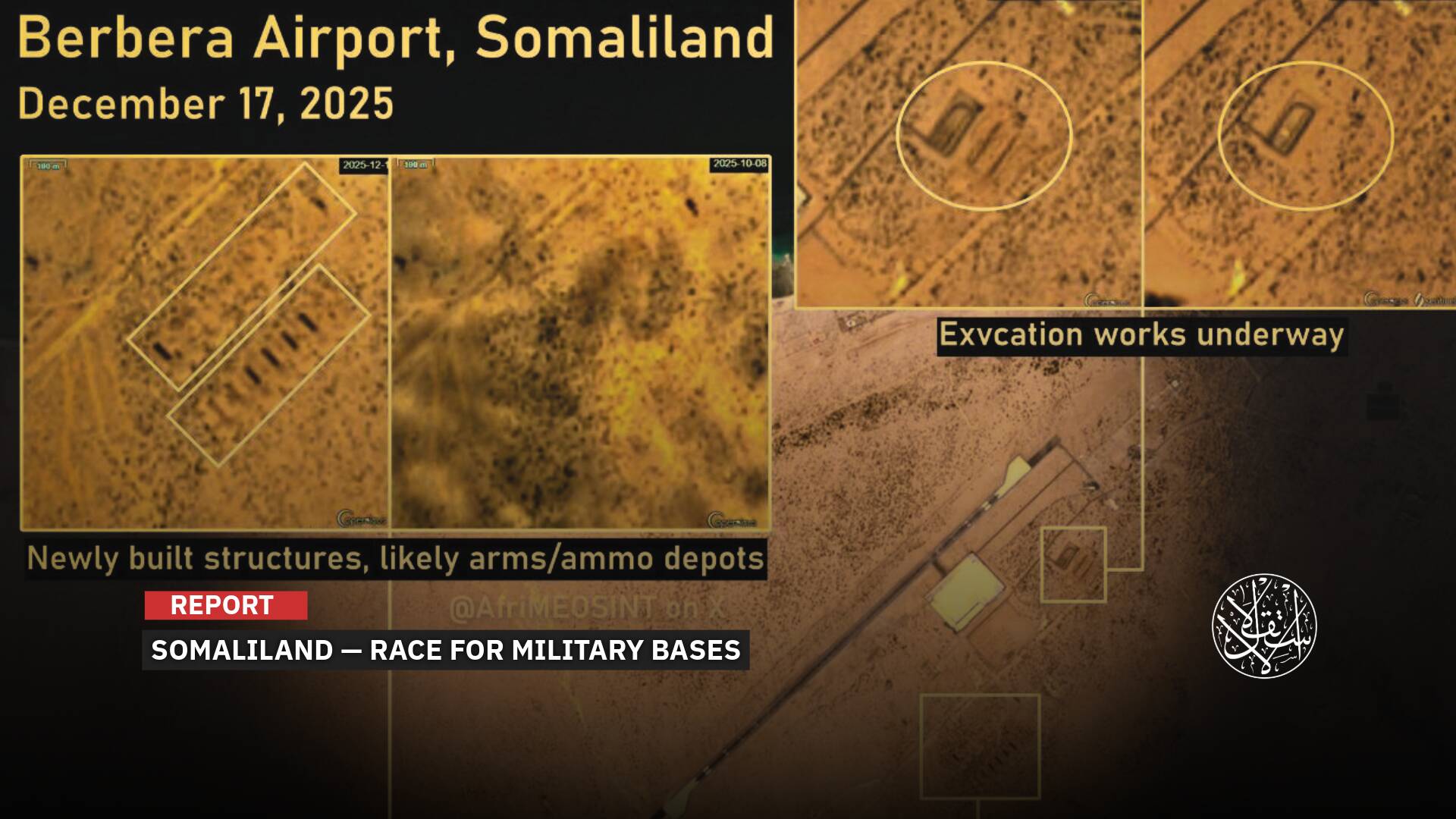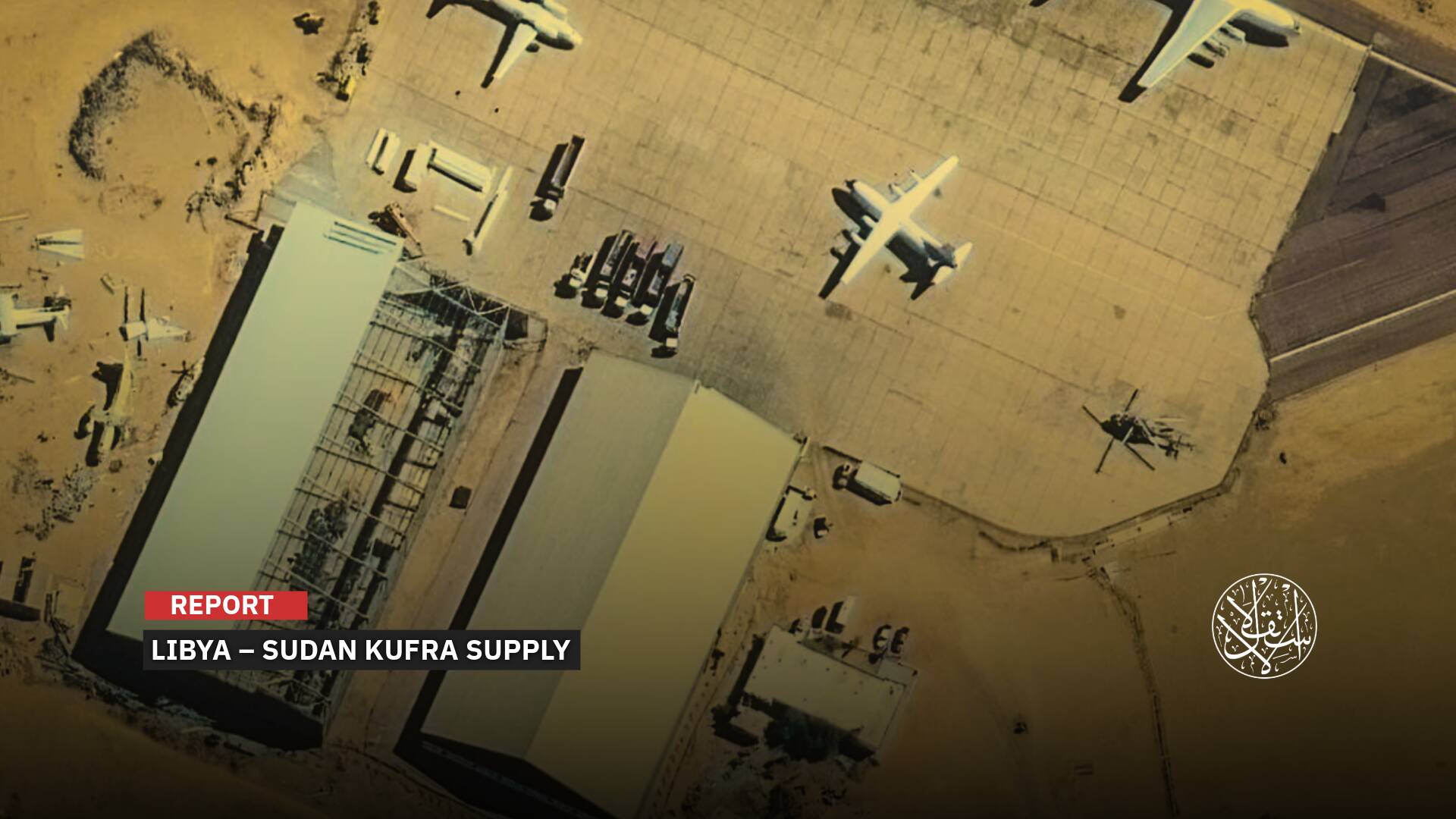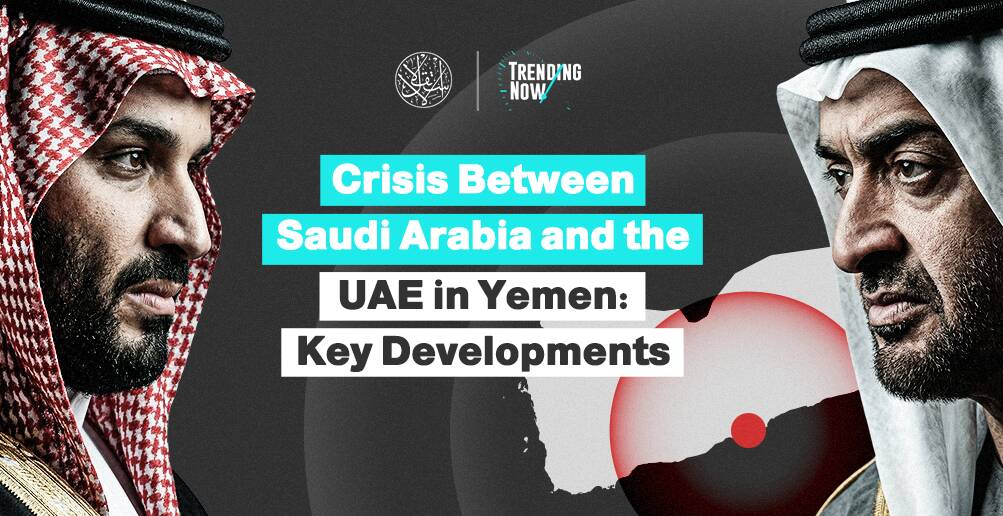A Complex Geopolitical Scene: How Conflicts and Alliances Divided the European Union Into Two Blocs

The post-World War II world is entering a period of comprehensive change with all its foundations and addresses.
The Russian–Ukrainian conflict constitutes the nucleus of change toward the new world, not because of the ferocity of the ongoing war and the widening of the circle of participation in it, but because the war coincided with new alliances and alignments in more than one place and on more than one issue.
This highlighted once again the suffering of the European Union from the danger of division into two blocs, one of which can be called “Old Europe” and the other “New Europe,” due to the disagreement over dealing with the Ukraine crisis and the nature of the relationship with the United States, Russia, and China.
In particular, the loss of Britain, the EU’s second-largest economy and strongest military power, was a serious blow to the EU’s prestige and capacity to exercise geopolitical influence.
Although this division was latent and was talked about or fueled by American officials for many years, the Ukraine war has made it visible, which represents a problem not only for the EU’s policies in dealing with Washington and Moscow but also with Beijing, according to a report by The Washington Post.
European Split
The European continent has a long and complex history shaped by wars, alliances, and an ever-changing geopolitical scene.
Perhaps one of the most important divisions within Europe is the distinction between Old Europe and New Europe, which was shaped by a number of factors, including wars and alliances with the United States.
These terms were coined in the early 2000s, “Old Europe” to describe the European countries that opposed the U.S. invasion of Iraq and were seen as representing Europe’s old guard that favored diplomacy and multilateralism over American-style intervention.
Meanwhile, countries that supported the war, particularly in Eastern Europe, were dubbed “New Europe,” seen as more in line with the United States and more willing to adopt a more forceful foreign policy.
The term “Old Europe” is often used to refer to Western European countries with a long history of political, economic, and cultural ties.
These countries, such as France, Germany, and the United Kingdom, have been major players on the world stage for centuries and have often been at the center of European conflicts.
In contrast, the term “New Europe” refers to the Eastern European countries that were under Soviet control during the Cold War and have recently emerged as independent states.
These countries, such as Poland, Hungary, and the Czech Republic, are often seen as less influential on the world stage and had to navigate the complex geopolitical scene of the post-Cold War era.
On the other side are the so-called Frugal Four (Austria, Denmark, the Netherlands, and Sweden) who have long been skeptical of European integration and are now resisting the ambitious plans put forward by France and Germany for deepening economic and political integration within the European Union.
These four countries are concerned about the cost of these plans and believe that they may be harmful to their national interests.
It is noteworthy that the wars had played an important role in shaping alignments and alliances within Europe, especially with regard to the relationship between the continent and its American ally.
During World War II, the United States played a crucial role in helping to defeat Nazi Germany and liberate Western Europe from the grip of fascism, which led to a strong relationship between the United States and its allies in Western Europe, which continues today.
However, the relationship between the United States and Europe was more complex in the post-World War II era, but after the collapse of the Soviet Union, the countries of Eastern Europe began to appear as independent states, and many of them sought to join NATO and form closer relations with the United States, which caused tension with the old Western European countries, which were worried about NATO expansion and perhaps antagonizing Russia.

Old Europe vs. New Europe
Two decades ago, the administration of former U.S. President George W. Bush was rushing to start a war in Iraq, and then U.S. Secretary of Defense Donald Rumsfeld made a statement that then turned into a metaphor for the post-Cold War world, according to what was published by The Washington Post on April 17, 2023.
In response to a question about European opposition to the U.S. invasion of Iraq, he said, “You’re thinking of Europe as Germany and France. I don’t. I think that’s old Europe. If you look at the entire NATO Europe today, the center of gravity is shifting to the East.”
After the invasion of Iraq in 2003, the relationship between the United States and Europe became more complicated, as many Western European countries opposed the war, while Eastern European countries supported it, which led to the emergence of Old Europe versus New Europe; the former is seen as more skeptical of American power, the latter more willing to join the United States.
Today, after more than two decades, the two terms have reappeared, but this time the alliances are different, especially since the issue at hand is not military intervention outside the borders of the old continent, but a direct military conflict with Russia in Europe’s backyard.
The American designation still holds 20 years after it was launched by then-U.S. Secretary of Defense Donald Rumsfeld.
It was revived by the explosion of open war on Europe’s eastern frontiers, which stirred up a group of states formerly in the Kremlin’s orbit.
According to the newspaper, the leaders of the governments in Poland and the three Baltic countries were the most consistent in their support for Kyiv, and were skeptical of any diplomatic initiatives presented to Russian President Vladimir Putin, given that they are countries that were subject to unofficial Soviet control through the Warsaw Pact, and direct Russian control, whether during the Soviet or Tsarist era.
It should be noted that the Eastern European countries that make up the so-called “New Europe” are poorer and less in military and technological strength than the Western European countries that are “Old Europe.”
Others have noticed this phenomenon and discussed it publicly for some time. German Chancellor Olaf Schultz said in statements in the Czech capital in August 2022 that Central Europe is shifting eastward, meaning that Central European countries tend to support Eastern European countries in their view of the relationship with Russia.
Scandinavia and Germany, and to a lesser extent the Netherlands and Austria, seem most tolerant of Poland and the Baltic states’ hard-line view of the Russians and enthusiastic support of Ukraine.
But this is not the case with France, and the enthusiasm for hostility with Russia may also be less, albeit unannounced, in southern European countries such as Italy, Spain, and Greece.
In Eastern Europe, Romania is more concerned than Moscow because it has suffered from the Russians’ gnawing of its lands, while Bulgaria brings it together with Moscow’s ethnic Slavs, and there is Catholic Hungary whose leader, Viktor Orban, does not hide his admiration for Putin.

Geopolitical Competition
Observers believe that the war in Ukraine was a shock to the European continent and to the structure of the entire existing system, and it seems that the countries in Russia’s vicinity were more willing and ready to respond to what that shock represented.
On a visit to Washington last month, Polish Prime Minister Mateusz Morawiecki invoked the European divide, capitalizing on months of friction with French President Emmanuel Macron, who has been the target of much Western consternation over his failed attempts to reach out to Putin before Russia’s invasion of Ukraine last year and then his campaign to court China.
“The old Europe believed in an agreement with Russia, and the old Europe failed. But there is a new Europe, a Europe that remembers what Russian communism was like, and Poland is the leader of this new Europe,” Morawiecki said at a joint press conference with Vice President Harris.
On where the current European dispute lies, Jeremy Shapiro and Jana Puglierin of the European Council on Foreign Relations wrote: “Despite efforts by the EU to achieve strategic independence, Russia’s invasion of Ukraine exposed Europeans’ heavy dependence on the United States for their security.”
In a jab at Macron, Morawiecki linked the war in Ukraine to the potential of a Chinese invasion of Taiwan.
This came after the French president sparked controversy last month following his statements in which he said that it is not in Europe’s interest to indulge in the conflict over the island of Taiwan between the American push on the one hand, and the exaggerated Chinese reaction on the other.
On her part, Ursula von der Leyen confirmed in early April that the future of European–Chinese relations depends on Beijing’s position on the war in Ukraine, accusing Beijing of seeking to change the world order to impose its hegemony on it.
This was also indicated by Josep Borrell, the European Union’s top diplomat, in a statement on April 14, in which he said that it was incumbent on China to use its particular clout to compel Russia to abandon its revanchist war in Ukraine.
Nevertheless, Borrell and the bulk of his European counterparts would probably share Macron’s unwillingness to wholly yoke European foreign policy to that of the United States.
It is noteworthy that the strong military alliance between Europe and the United States, which was formed at the end of World War II, has recently turned into a burden on the Europeans, because it has become a mixture of cooperation and exploitation, especially on the American side, which prompted Macron to speak openly and publicly about getting rid of dependence on the Americans, and urged his European citizens to wake up to build their self-defense power.

“Vassalization is not a smart policy for the coming era of intense geopolitical competition—either for the United States or for Europe,” wrote Shapiro and Puglierin.
“The alliance with the United States remains crucial for European security, but relying fully on a distracted and inward-looking America for the most essential element of sovereignty will condemn the nations of Europe to become, at best, geopolitically irrelevant and, at worst, a plaything of superpowers,” the authors added.


